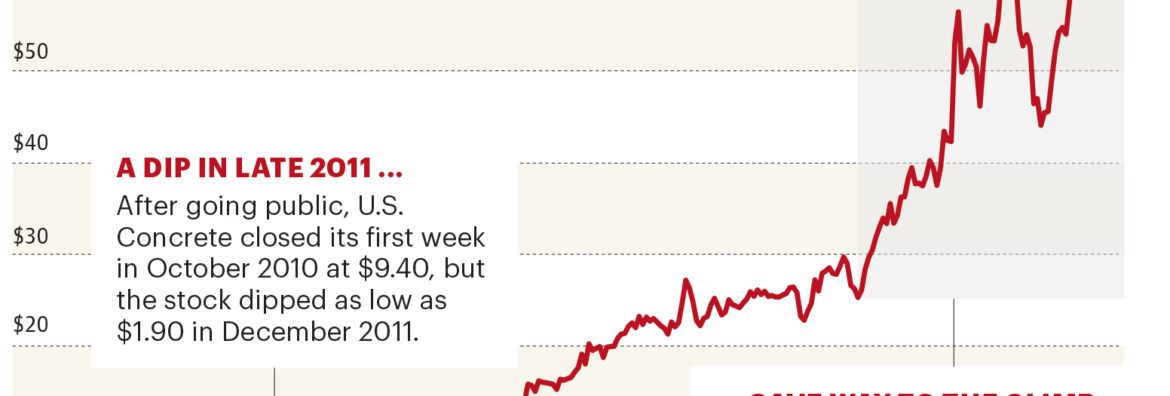One of the greatest challenges for rapidly growing organizations is how to remain nimble in the midst of growth.
As companies scale, more processes are required to coordinate the growing workforce. And the additional management layers that come with them can slow an organization down.
It’s often the reason why large organizations become weighed down with bureaucracy while small companies remain quick and agile.
Consider this recent story from Hootsuite CEO Ryan Holmes:
“Earlier this year, an employee wanted to send a customer a T-shirt with our logo as a gift. There was nothing special about this particular shirt. It was an ordinary, 100% cotton crew neck. But by the time this employee got approval—factoring in his own time and everyone else’s up the org chart who had to weigh in before signing off on the request—the cost of this t-shirt had ballooned to at least $200.”
Many organizations today are trying to hedge against inflated processes like these by changing their organizational structures. Hootsuite, for example, appointed a “Czar of Bad Systems” to help improve internal processes.
In today’s rapidly-evolving business environment, growing organizations need to remain fast and efficient. And some large, geographically dispersed and complex organizations seem to be able to maintain a level of agility despite their size.
How do they do it?
Read More…










